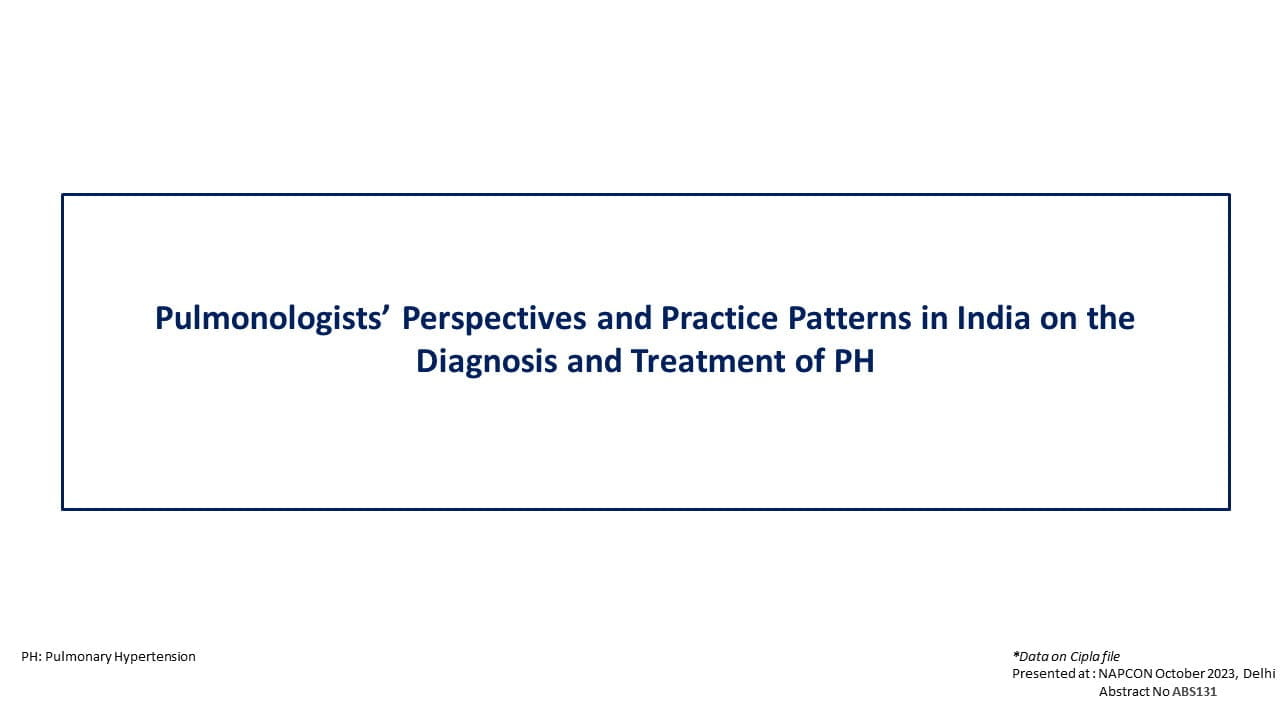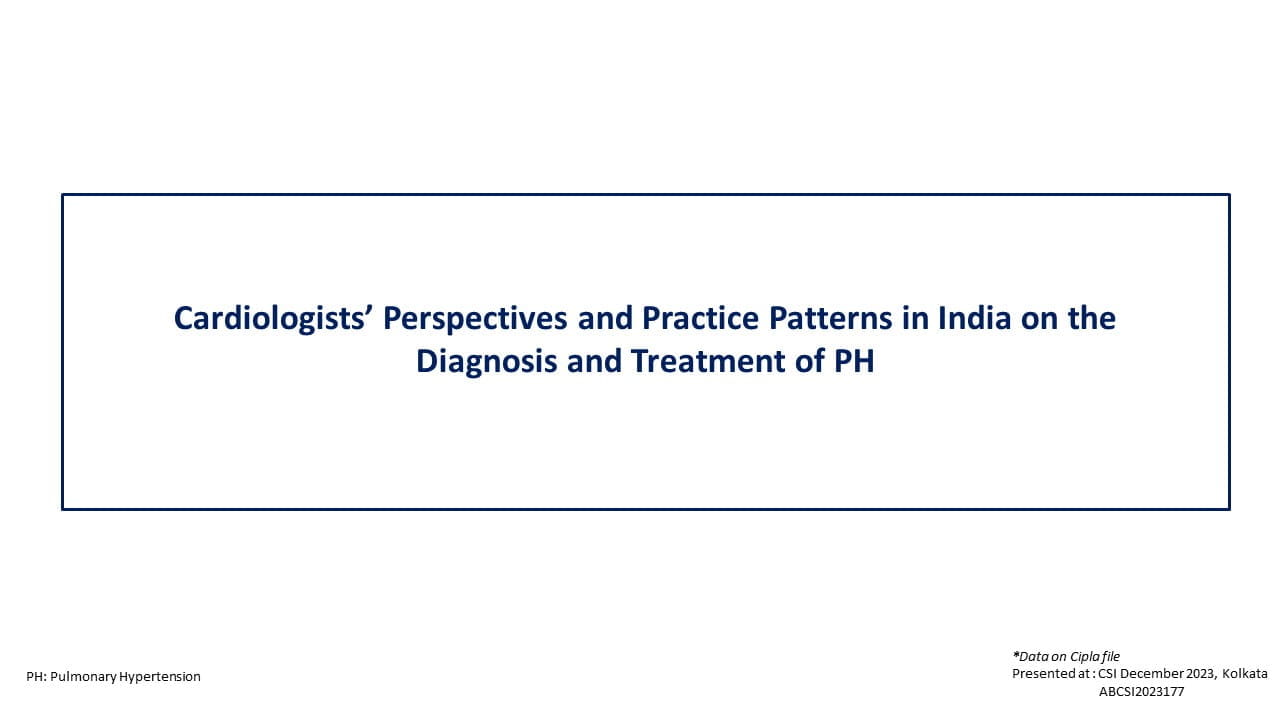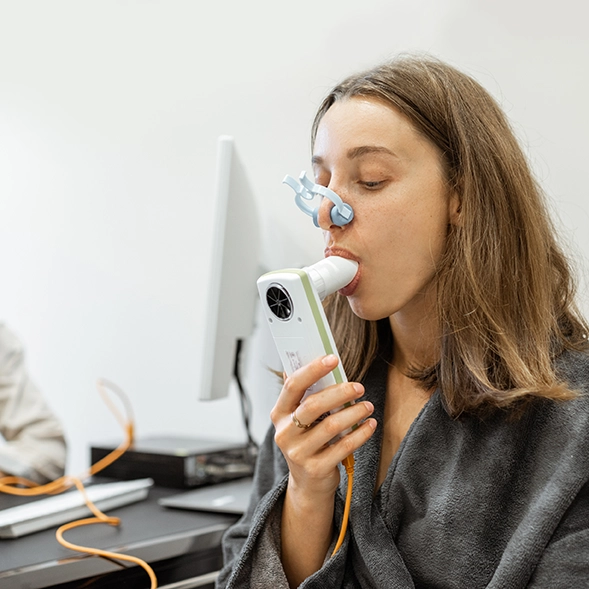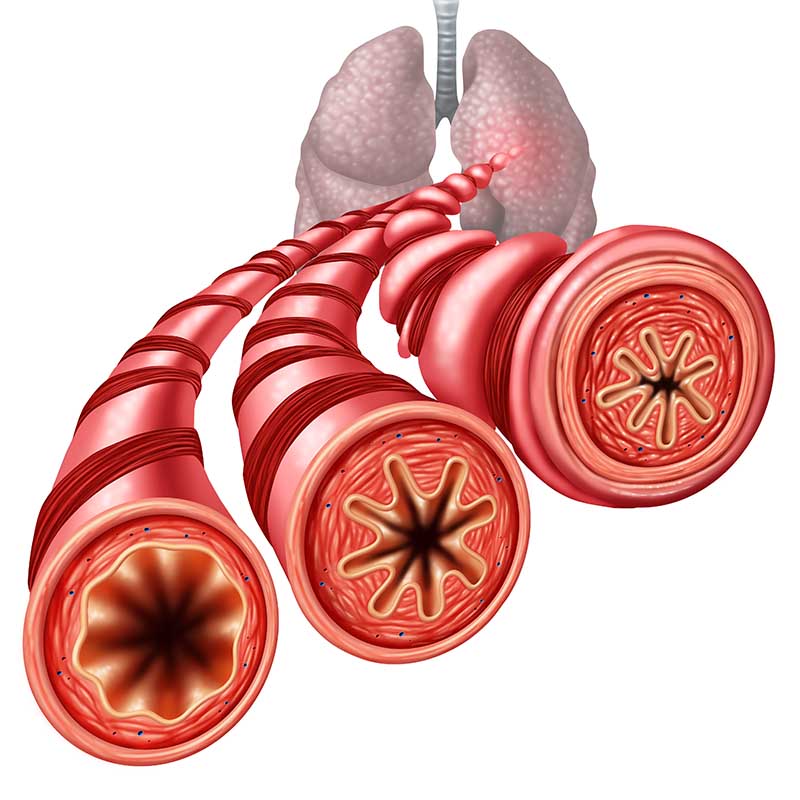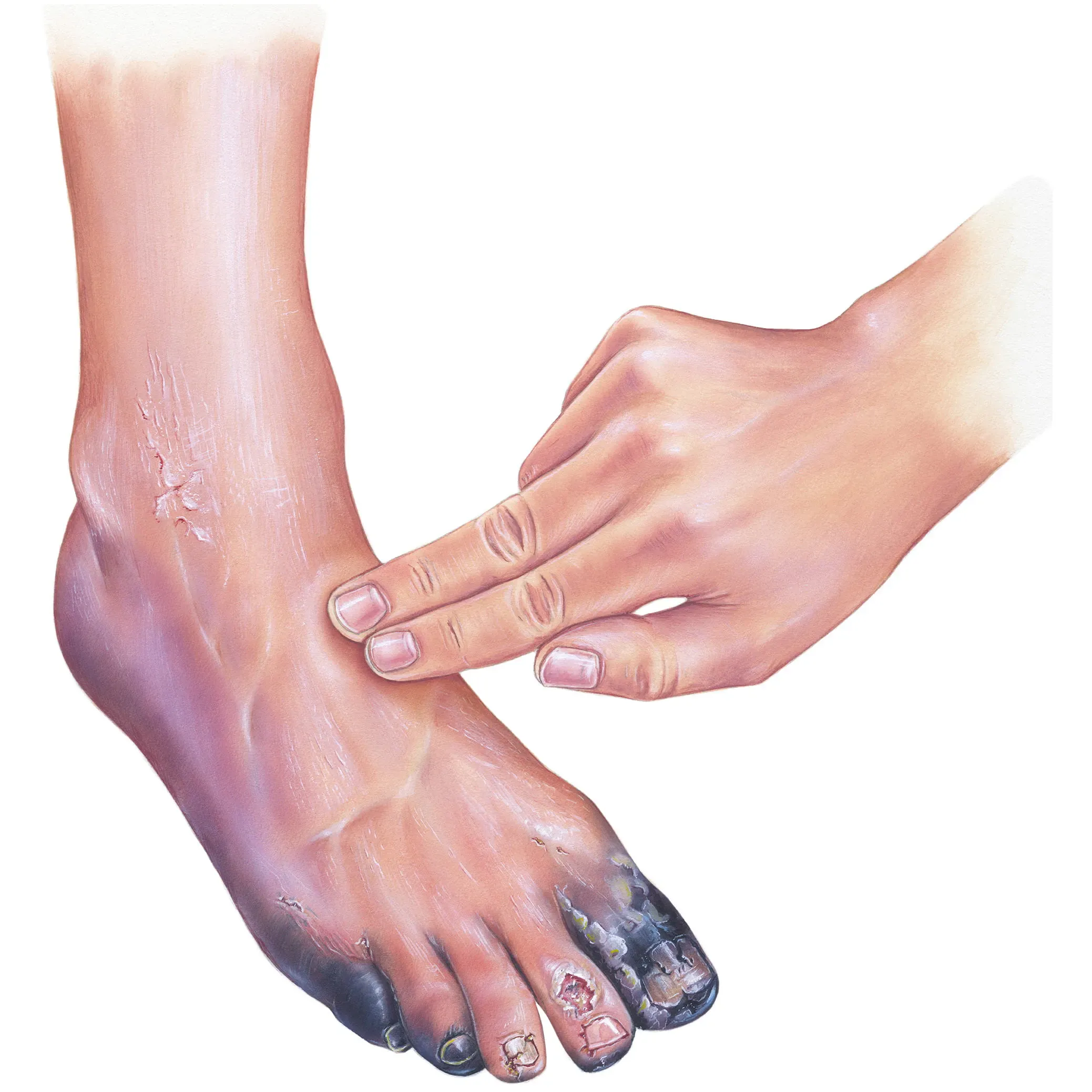Introduction
Several studies have investigated the efficacy, route and duration of luteal phase support (LPS) in assisted reproduction cycles. Although progesterone is the preferred product for luteal phase supplementation in cycles with fresh embryo transfer, there is a great variation in the usage of LPS in clinical practice. There is ongoing debate on when to start, which is the best route, dosage and duration, and whether there is a place for additional agents. Nevertheless, progesterone supplementation is continued till 8-10 weeks following conception by fertility specialists in spite of lack of evidence in support of such a practice.
Aim
This worldwide web-based survey documents the implementation of currently used LPS protocols and appraisal tendencies of drug prescription behavior in clinical practice and compares these to the existing evidence-based literature.
Method
Study Design
- Worldwide two-phase web-based survey.
Treatment Strategy
- A questionnaire was developed and sent by secure e-mail to 1,480 in-vitro fertilization (IVF) practicing gynecologists.
- The questionnaire comprised 4 following questions:
- When do you start the LPS in IVF/ICSI cycles?
- Which agent/route do you use?
- Which progesterone dosage do you use?
- How long do you continue the administration of progesterone during early pregnancy?
- Responses were collected securely by email or telephone contact
- The survey was completed by 148 clinicians from 34 countries yielding a response rate of 10%.
Results
- The findings revealed that 71% of the clinicians prescribed progesterone administration from the day of oocyte retrieval.
- Vaginal route of administration was preferred by 80%, intramuscular progesterone was prescribed by 6%, while oral progestin or subcutaneous progesterone were each prescribed by 5% of clinicians, respectively.
- The most used formulation and dose of vaginal administration were vaginal tablets at a dose of 600 mg/day (69.3%)
- Progesterone administration was continued till 12 weeks by 52%, and until 8-10 weeks' gestation by 35%.
Conclusion
- The results of the survey demonstrated vaginal administration as the preferred route for luteal phase support (LPS).
- The emerging use of the oral route confirms the expected shift in clinical practice as a result of recent evidence showing a reassuring safety score of oral progestins.
- There is a trend towards extended LPS in ART cycles with fresh embryo transfer despite the lack of evidence supporting the continuation of luteal support until 12 weeks' gestation, highlighting the difference between evidence-based medicine and real-life practices.
Front Endocrinol (Lausanne). 2020; 11: 500. Doi: 10.3389/fendo.2020.00500.


